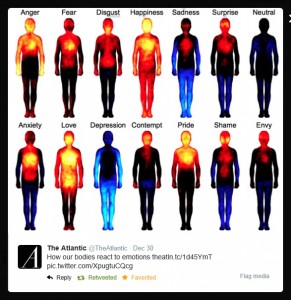 People love stories. They warm hearts and bring content to life in a way dry data and left-brained arguments cannot. The Web 2.0 stories they love most unite a positive emotion with dramatic narrative and strong visuals, encouraging people to share and act:
People love stories. They warm hearts and bring content to life in a way dry data and left-brained arguments cannot. The Web 2.0 stories they love most unite a positive emotion with dramatic narrative and strong visuals, encouraging people to share and act:
- Positive emotion: Many people make decisions emotionally, so even the best logic-based arguments often fail to motivate people. When stories trigger a positive emotion, they stimulate good will, right-brain decision-making, and action.
- Dramatic narrative: An effective story “shows” your readers (without “telling” them) in a personal and memorable way. The best ones have a suspenseful beginning, middle, and end; establish heroes, victims, and villains; grab attention in an unexpected way; and go light on details, letting your audience draw their own conclusions.
- Visuals: Studies show that people pay more attention to visuals than text. They remember their messages longer, connect with them more emotionally, and digest them more quickly and easily. Particularly importantly in the Web 2.0 context, visuals stand out in social media streams and are more likely to get shared.
Of course, facts are facts, and you have to have data to back up your stories. But how you tell your stories—according to your objectives and your audiences’ interests—is perfectly malleable per the above formula for success.